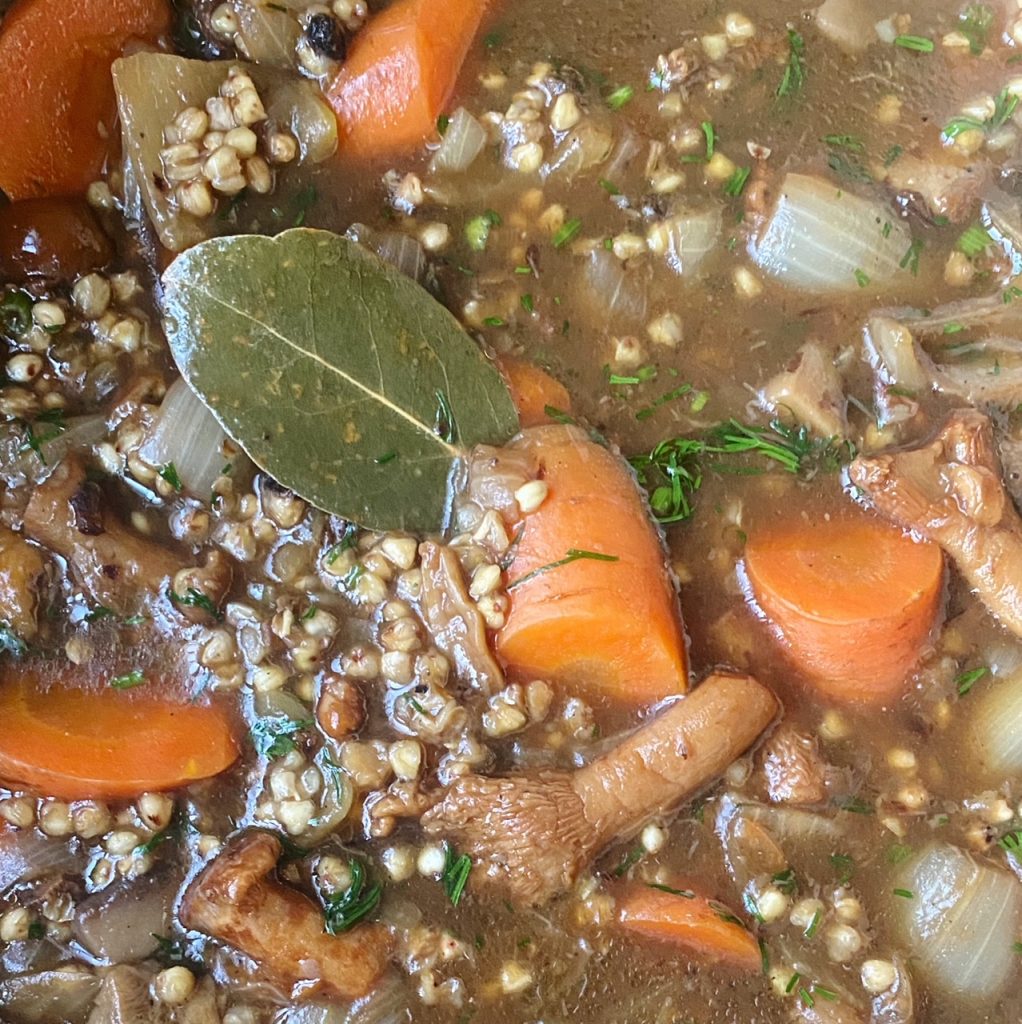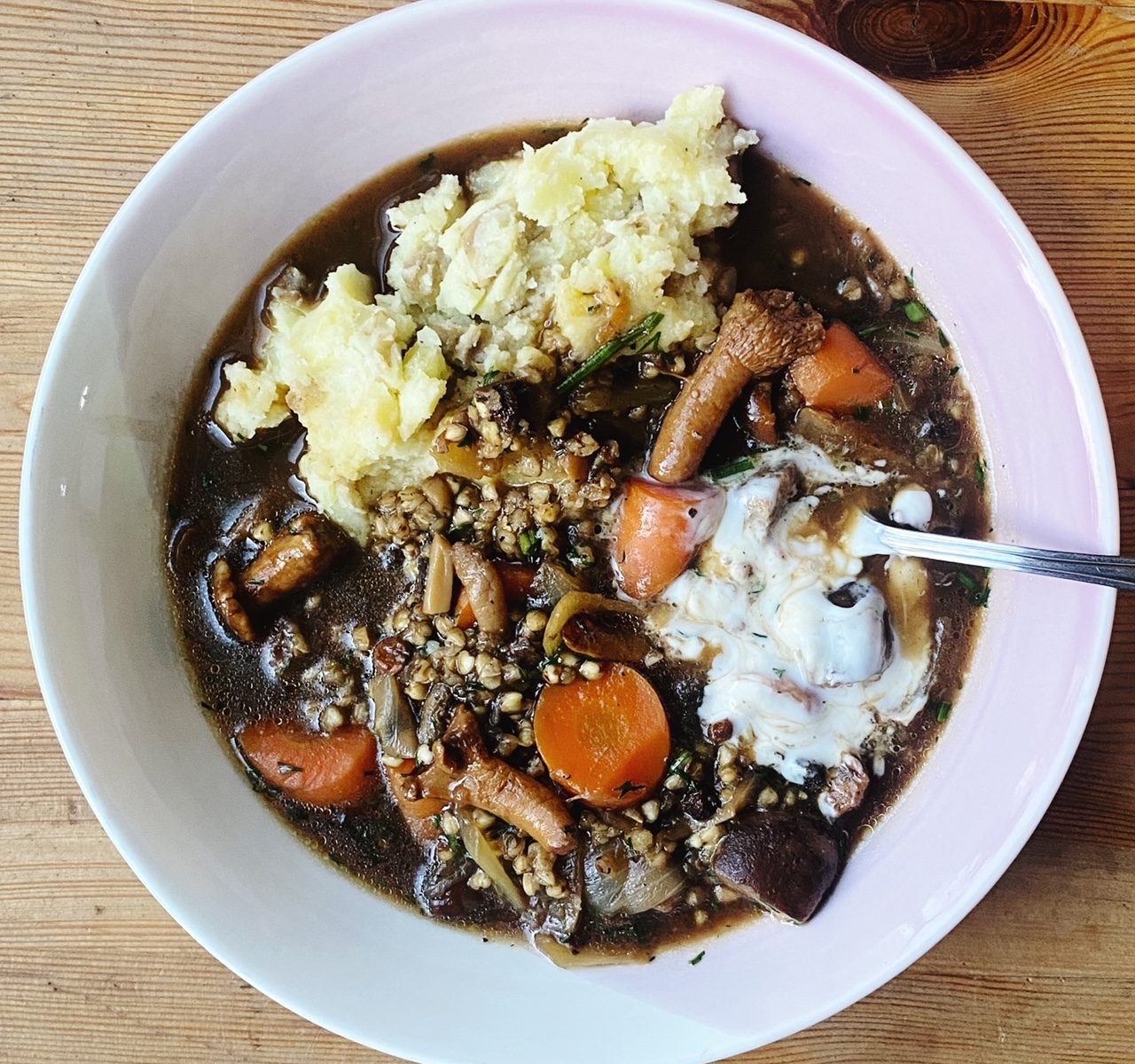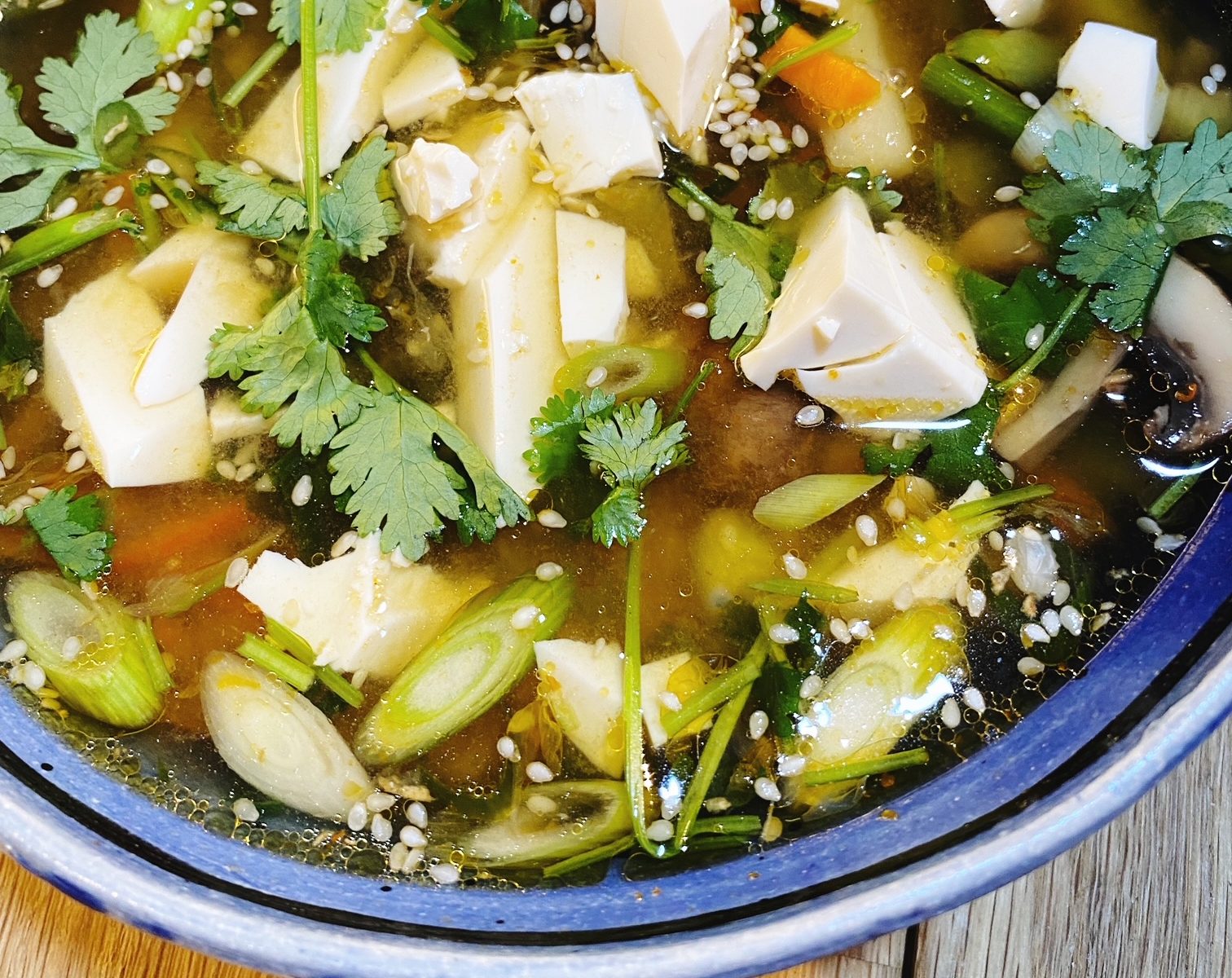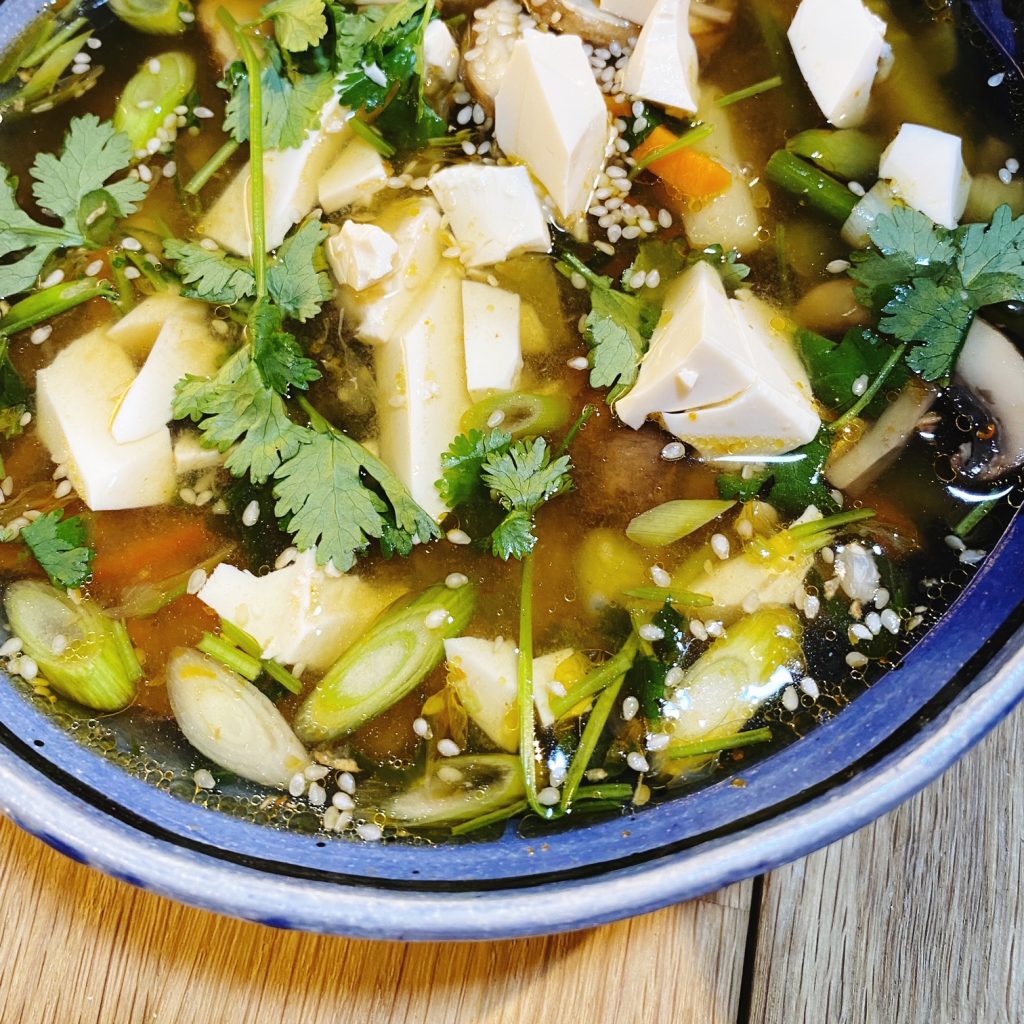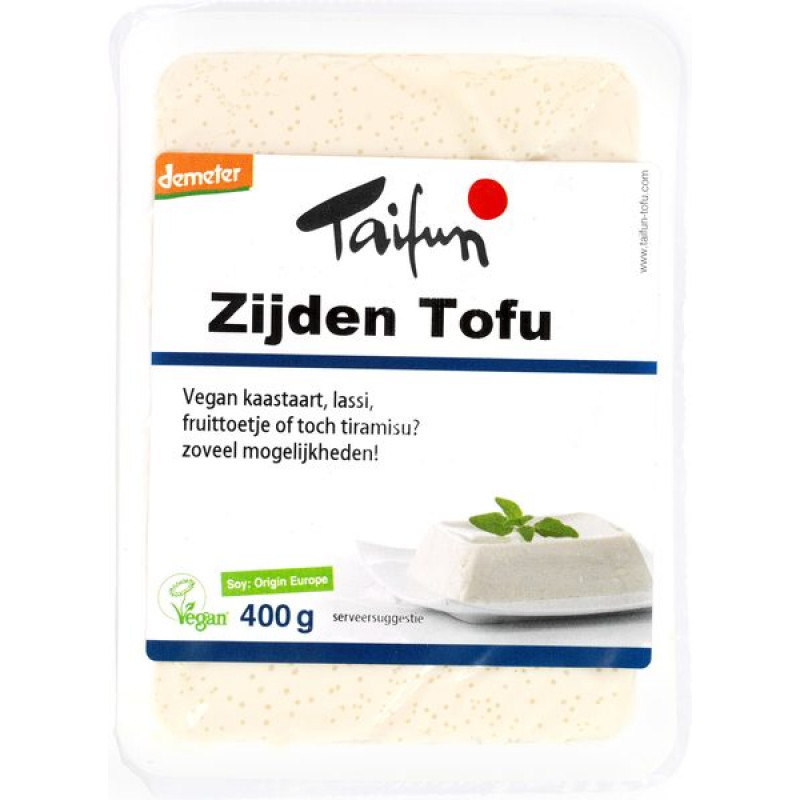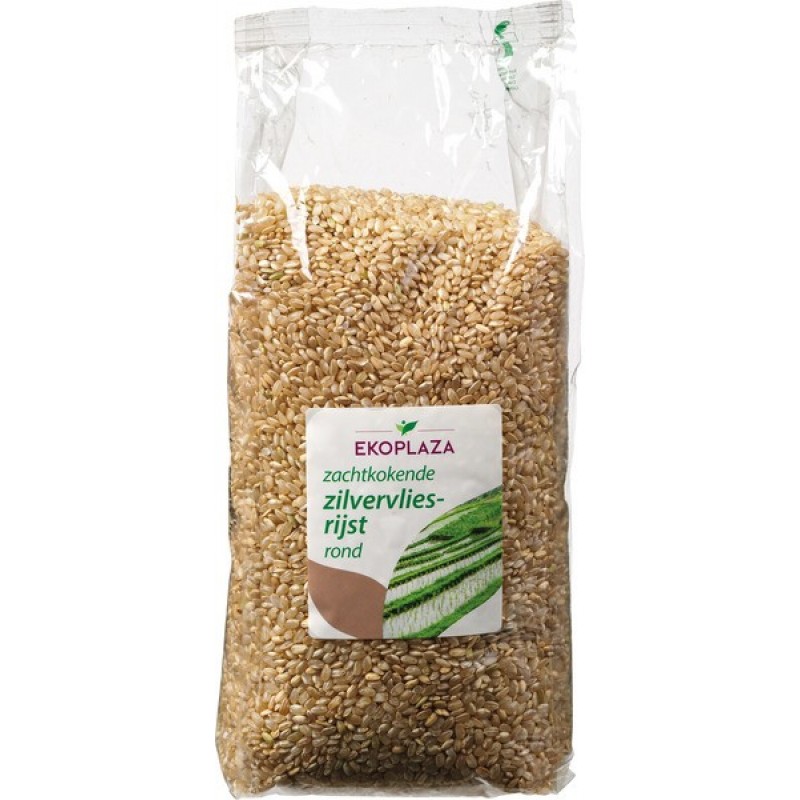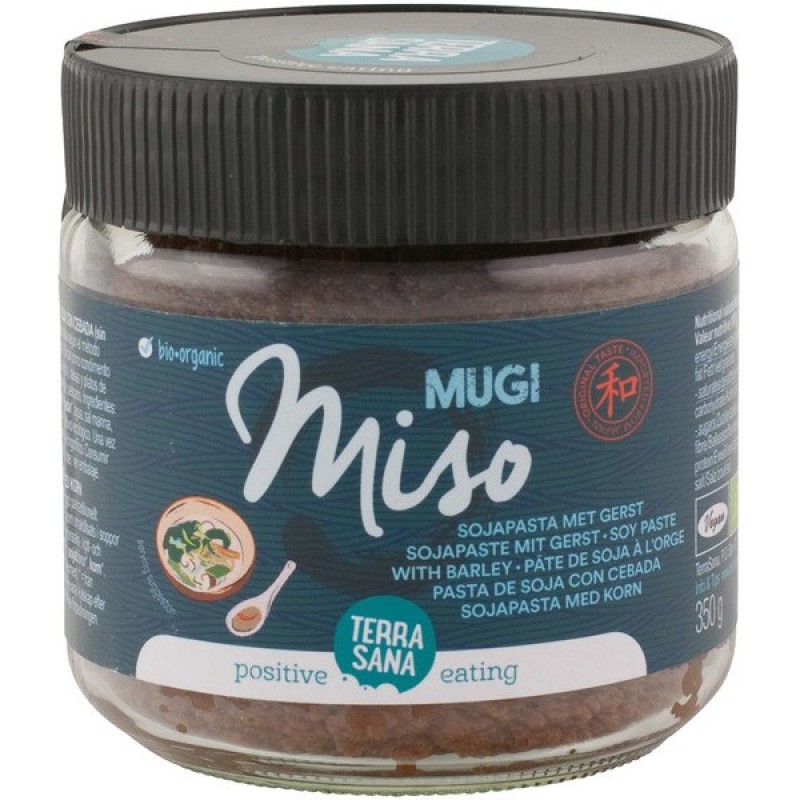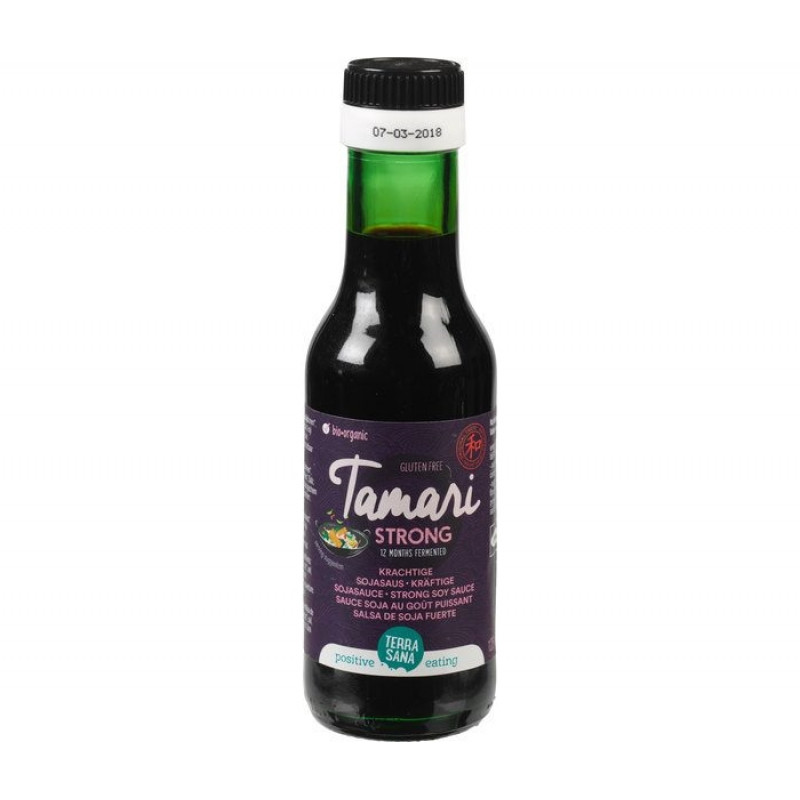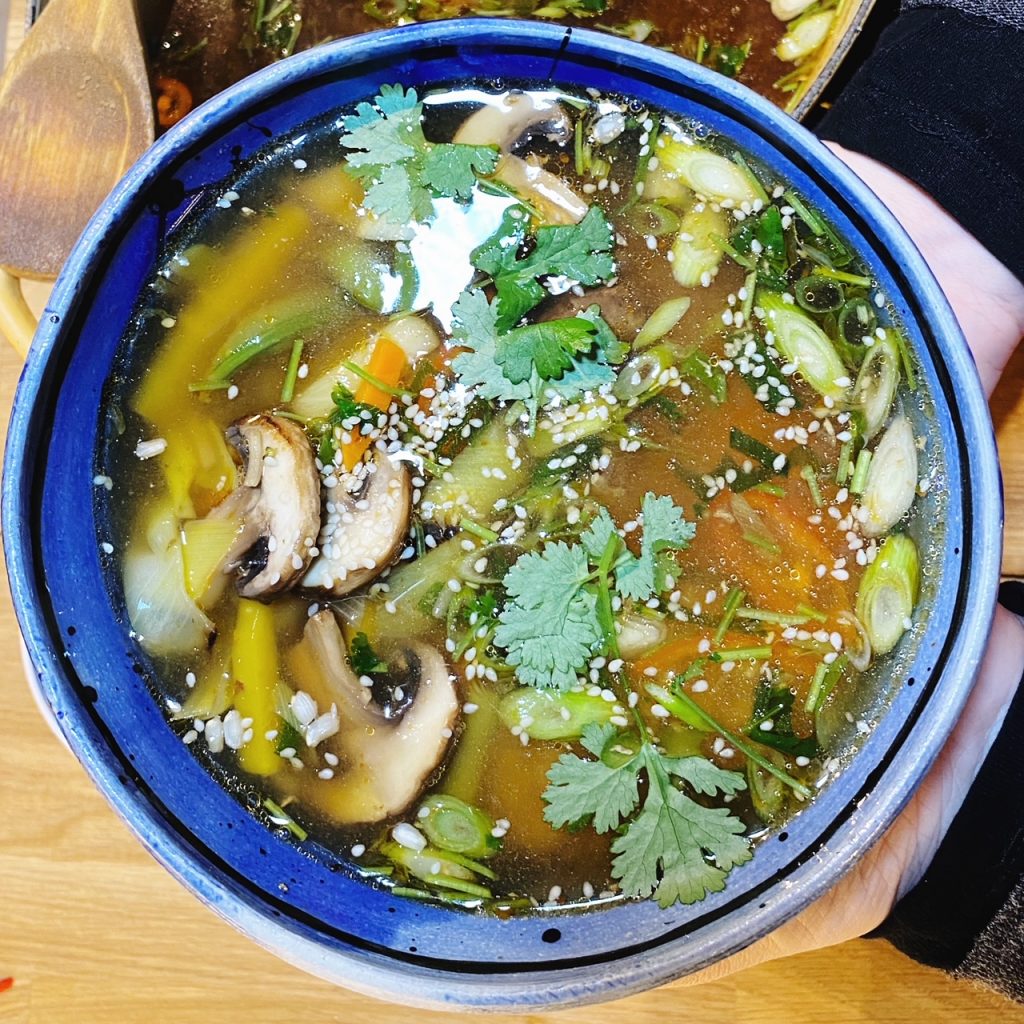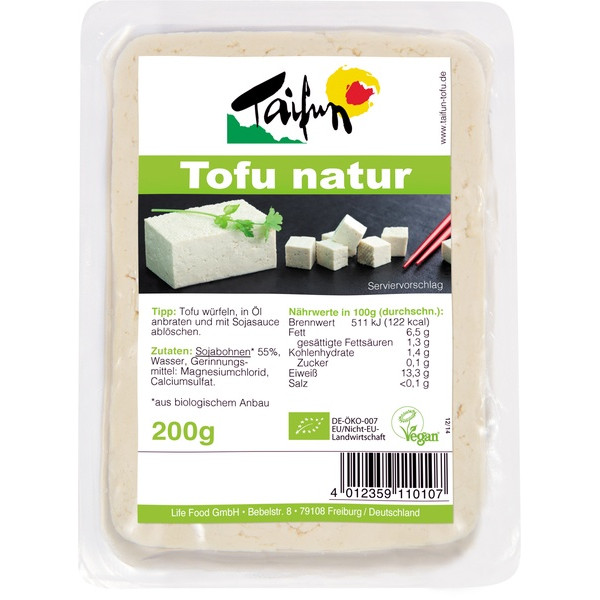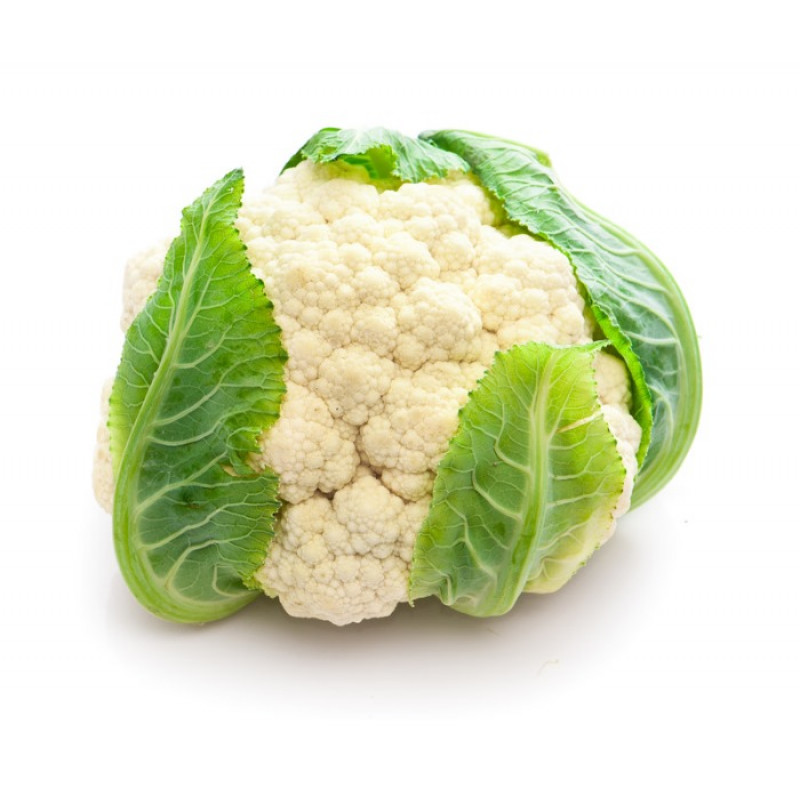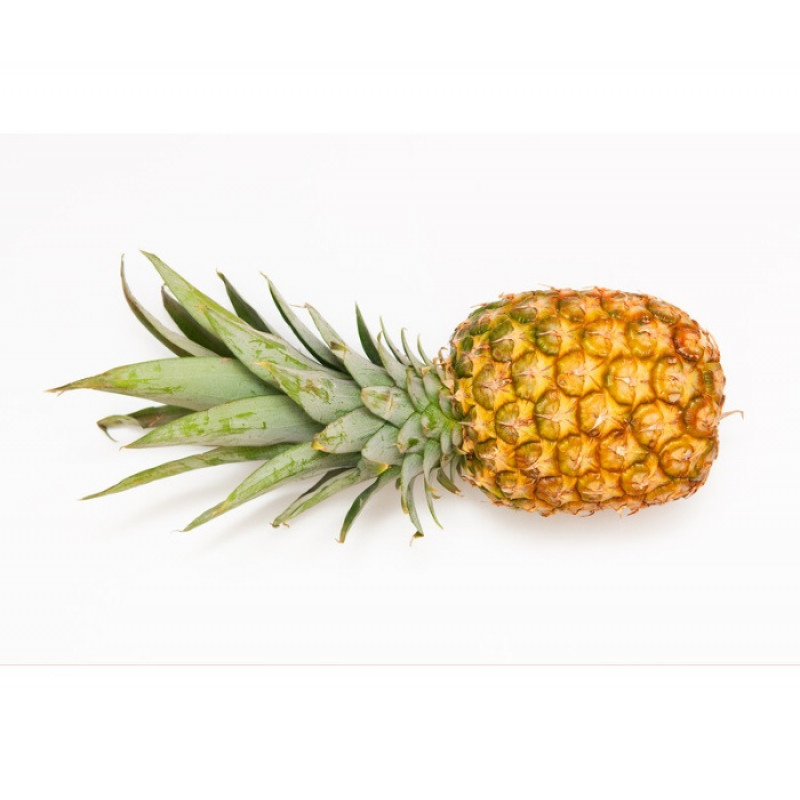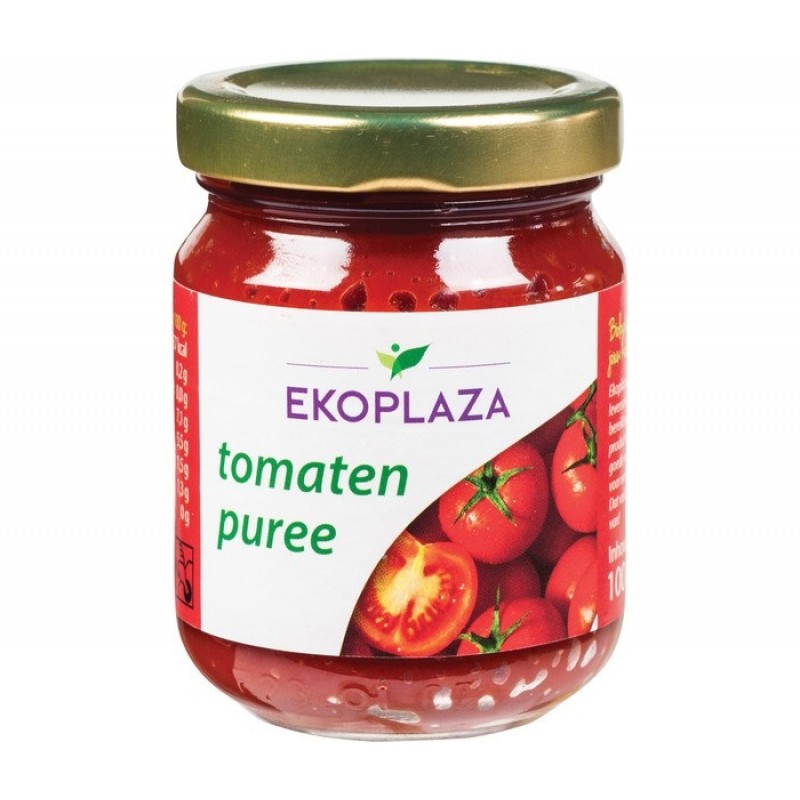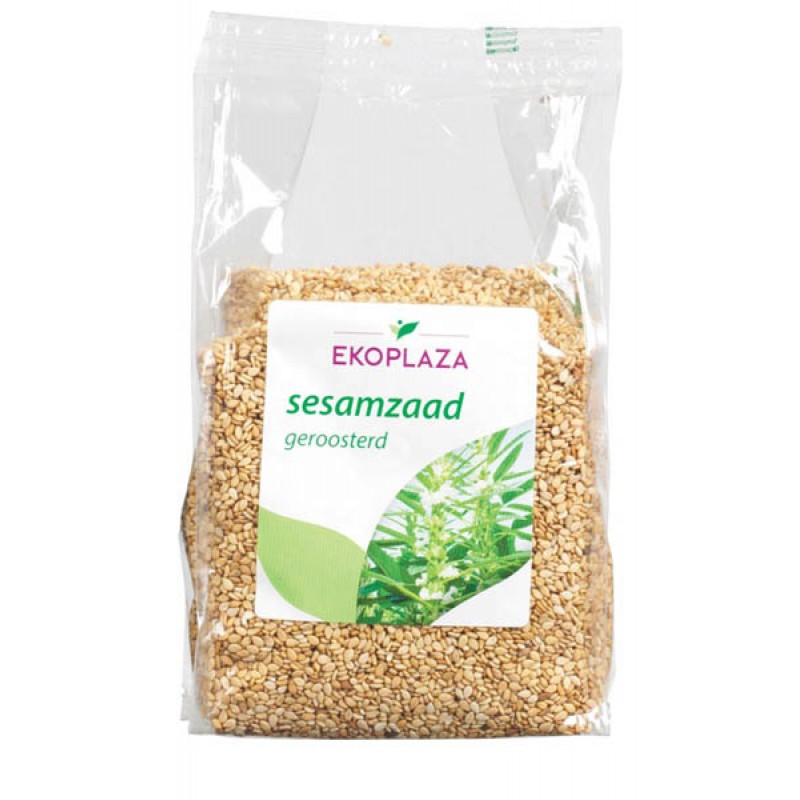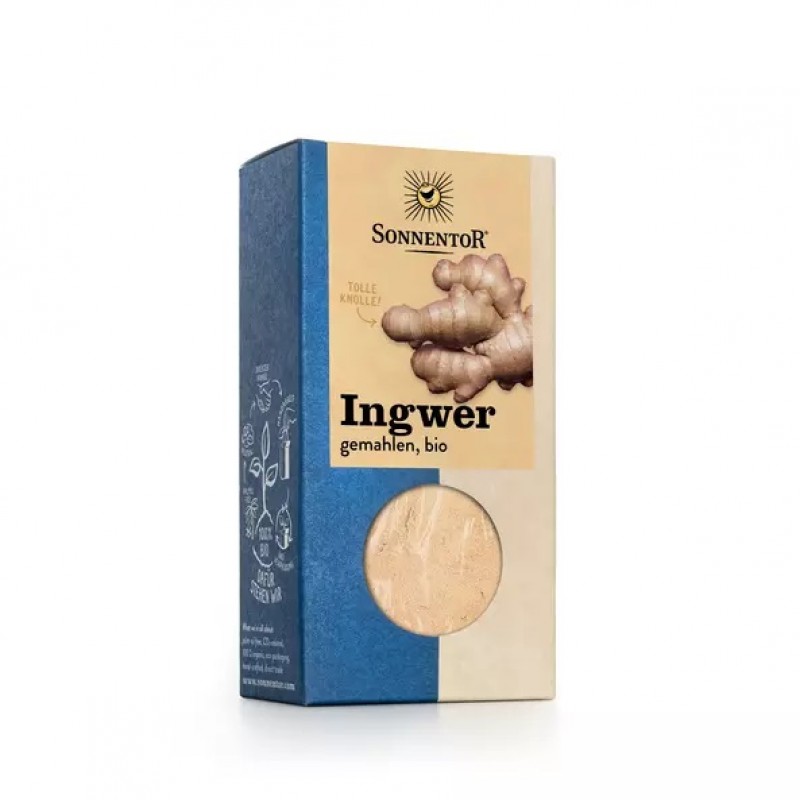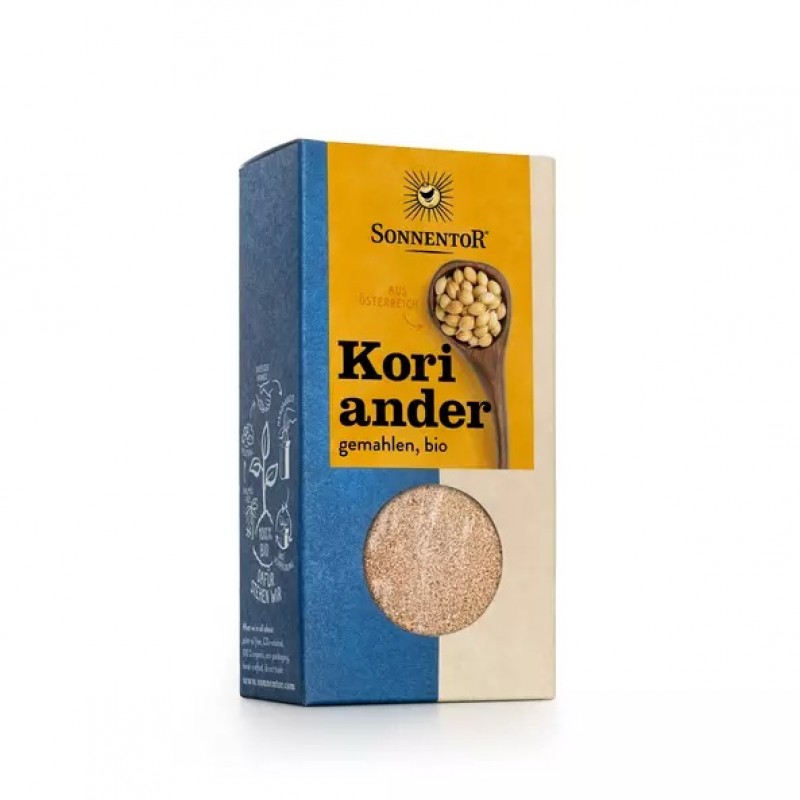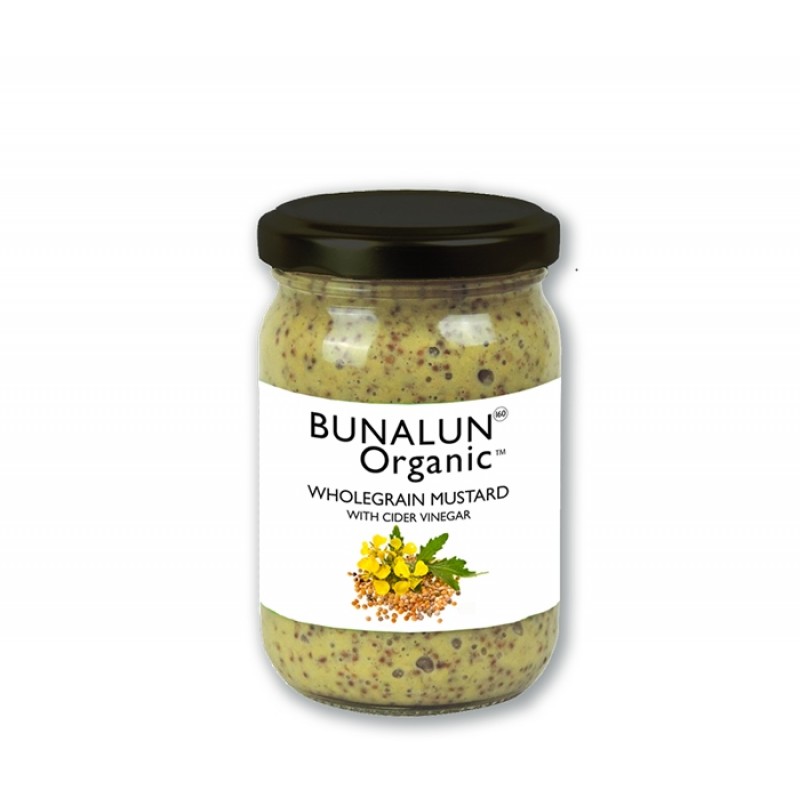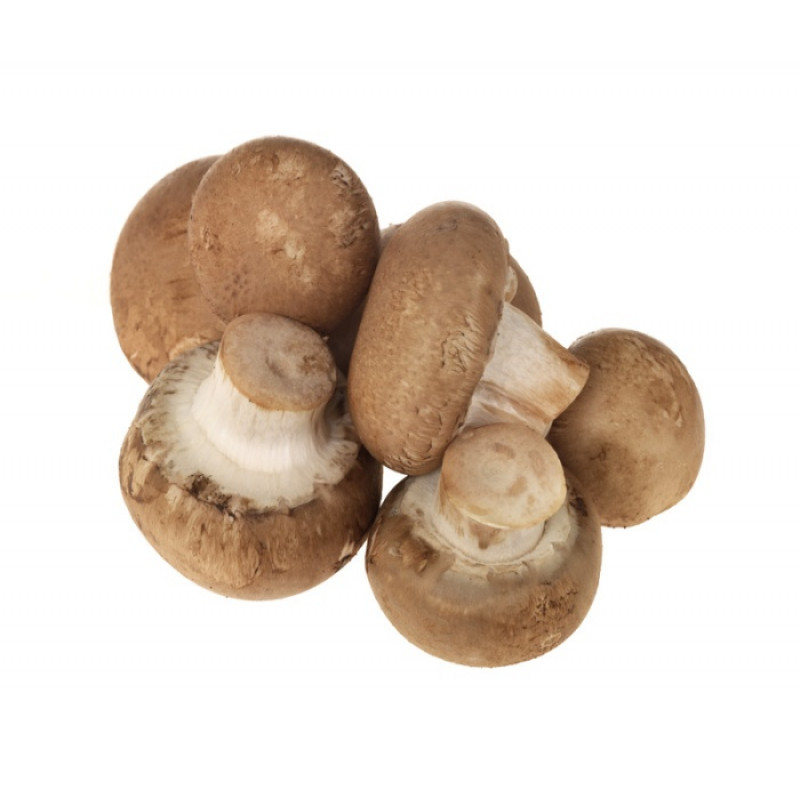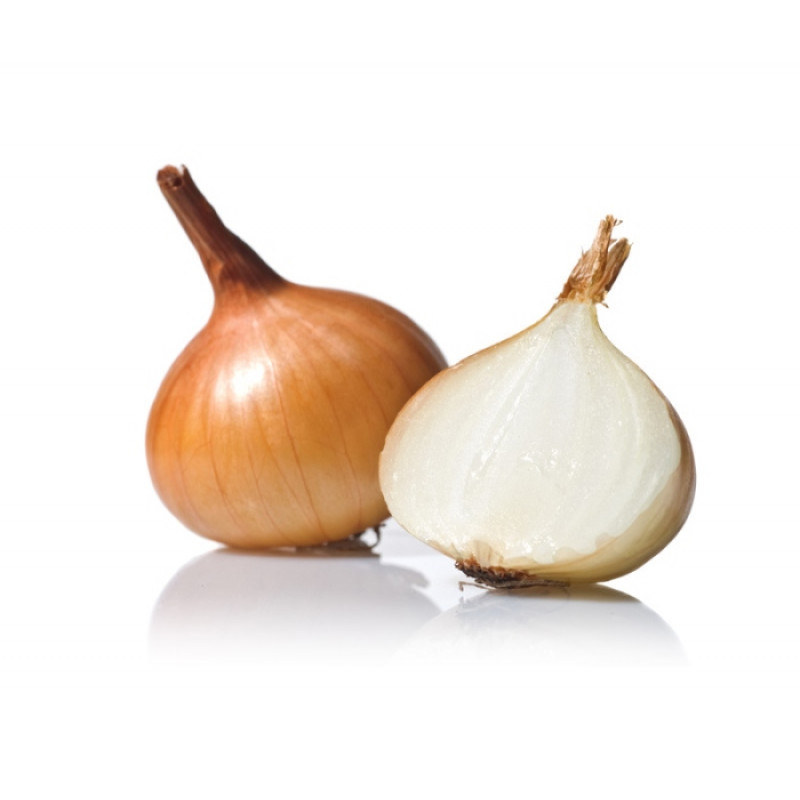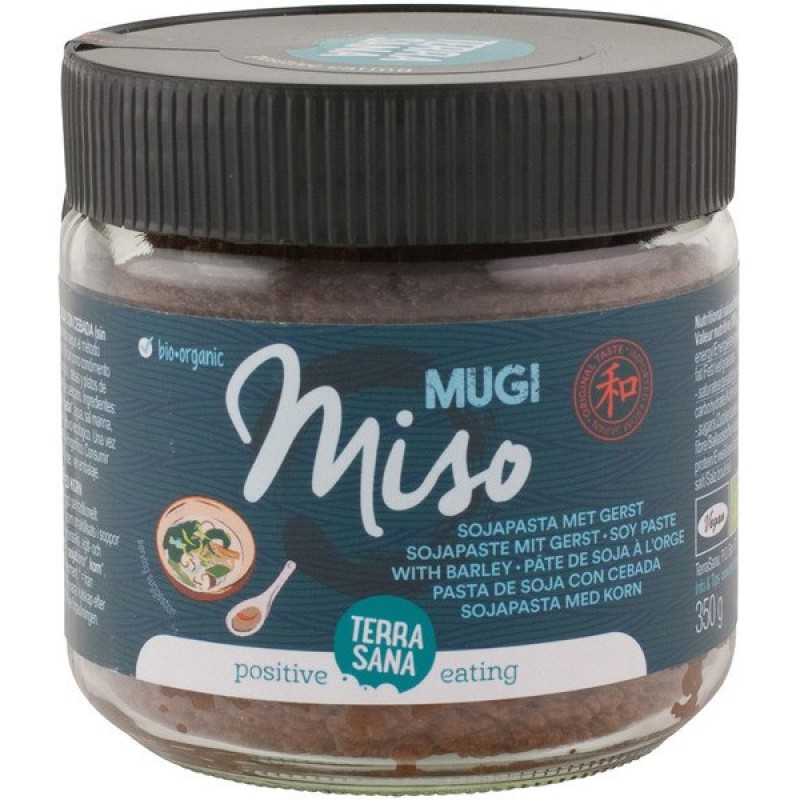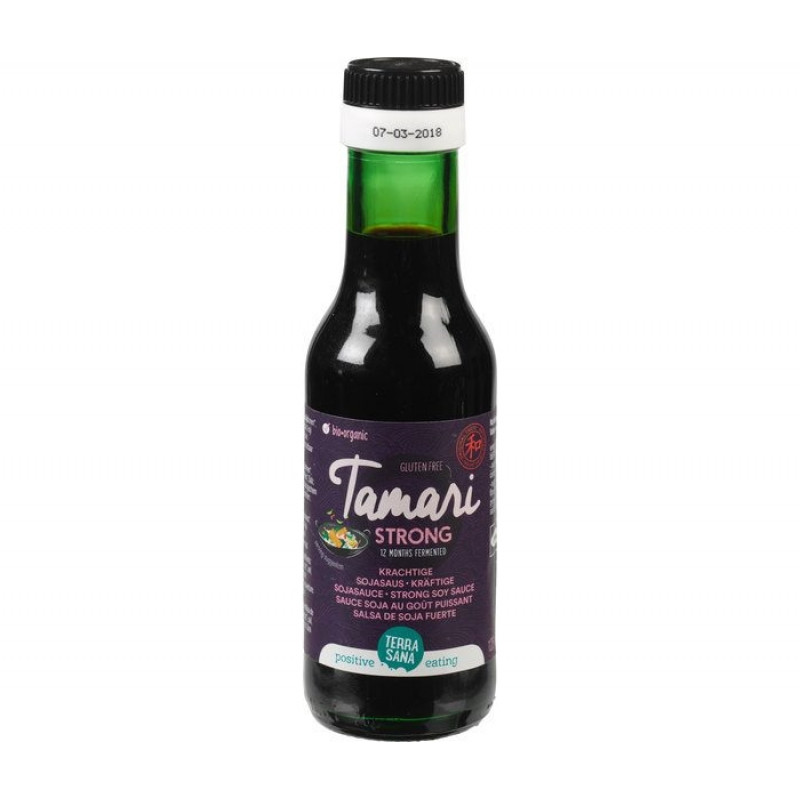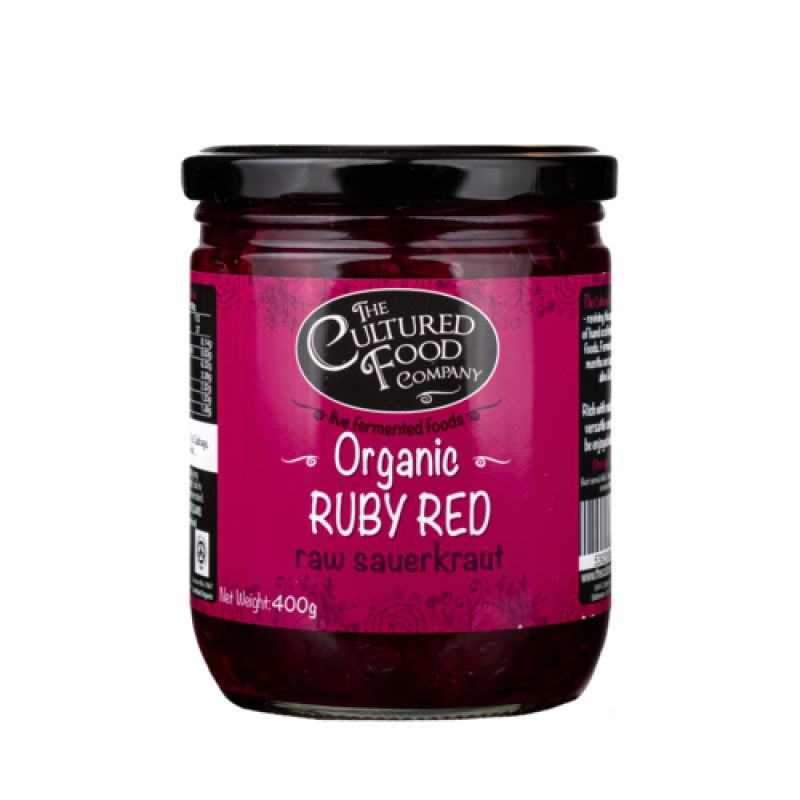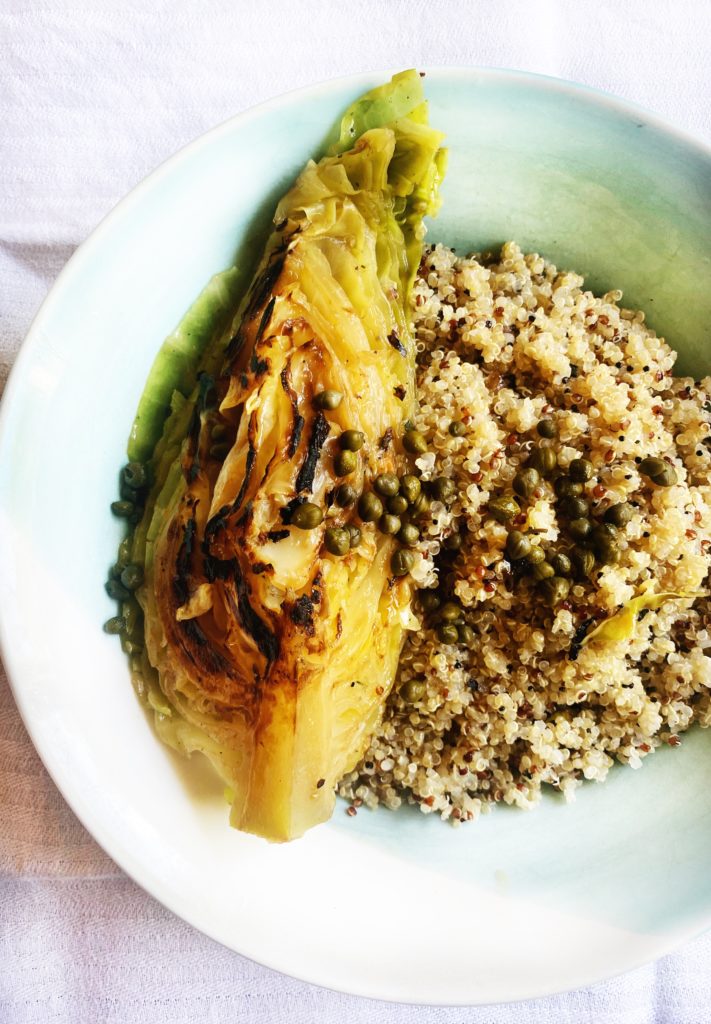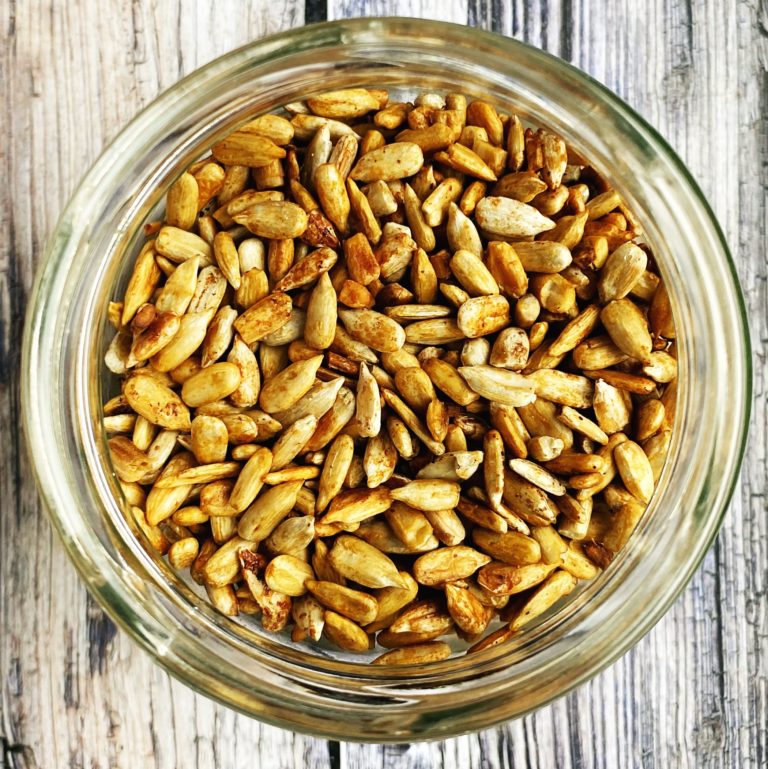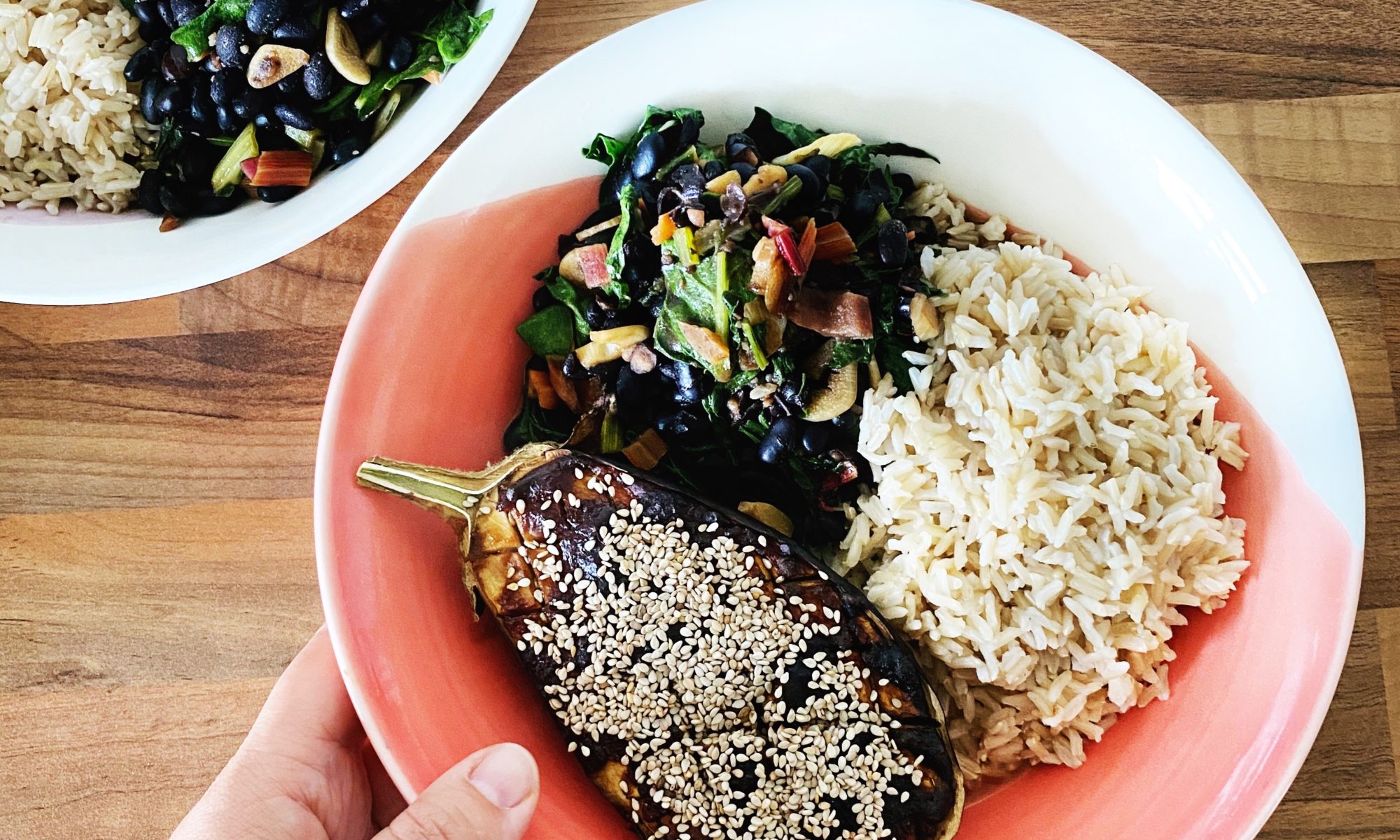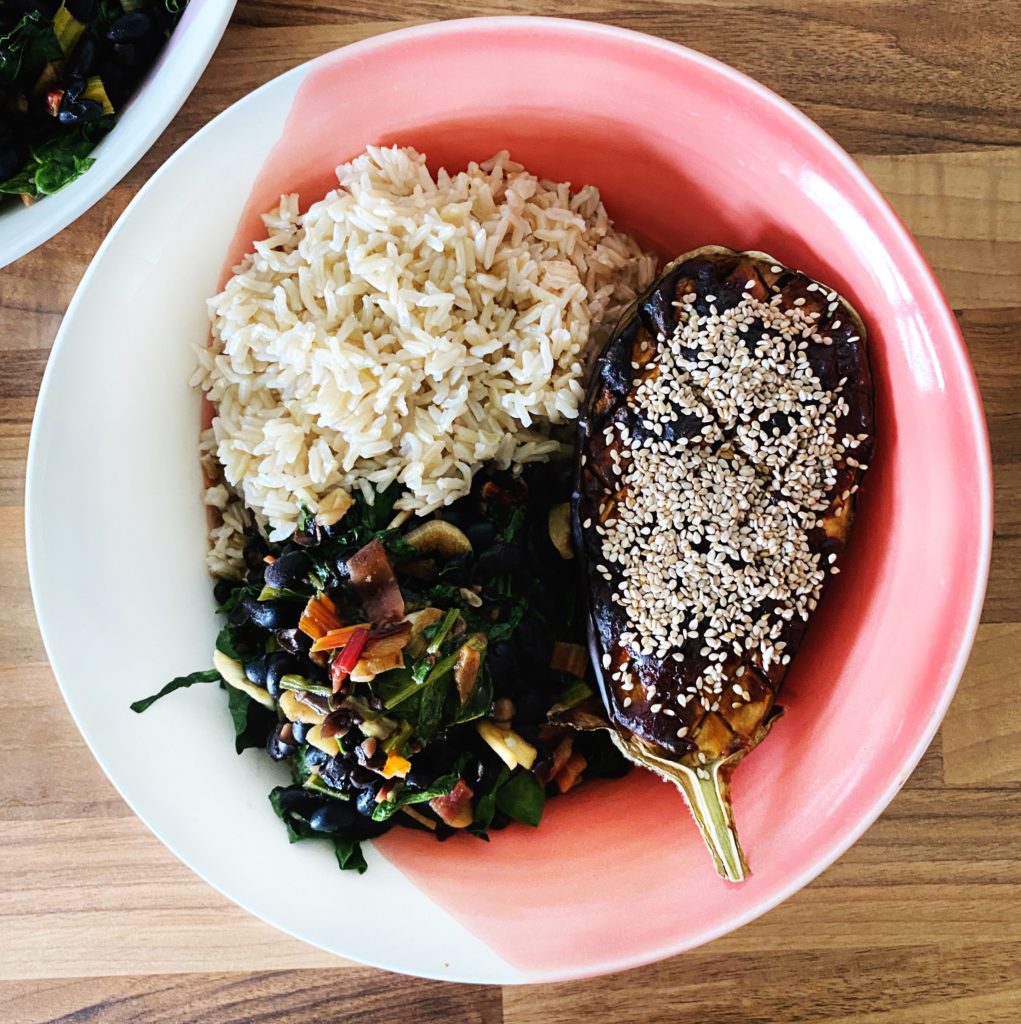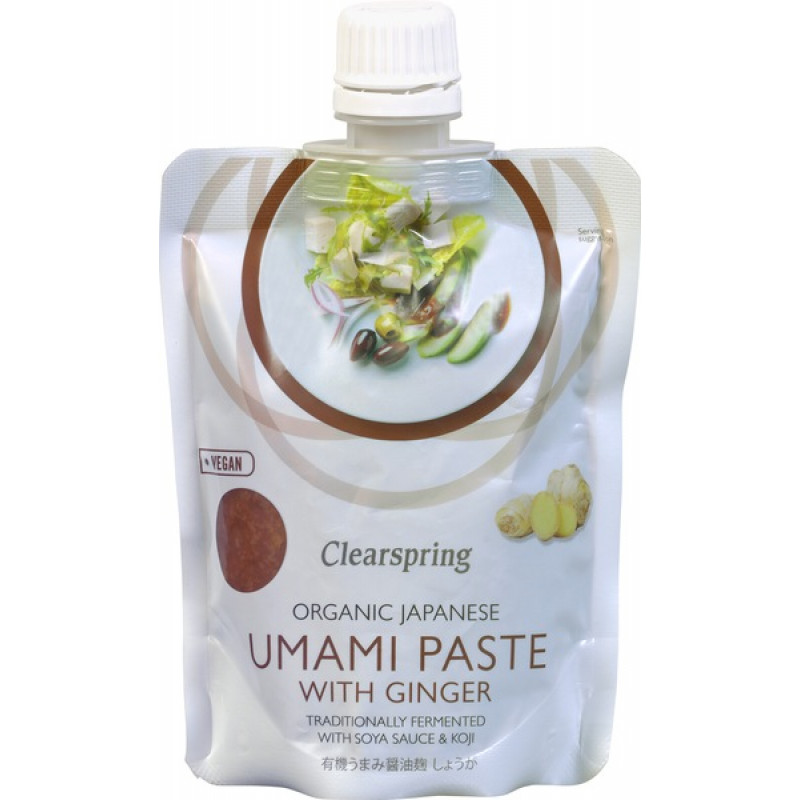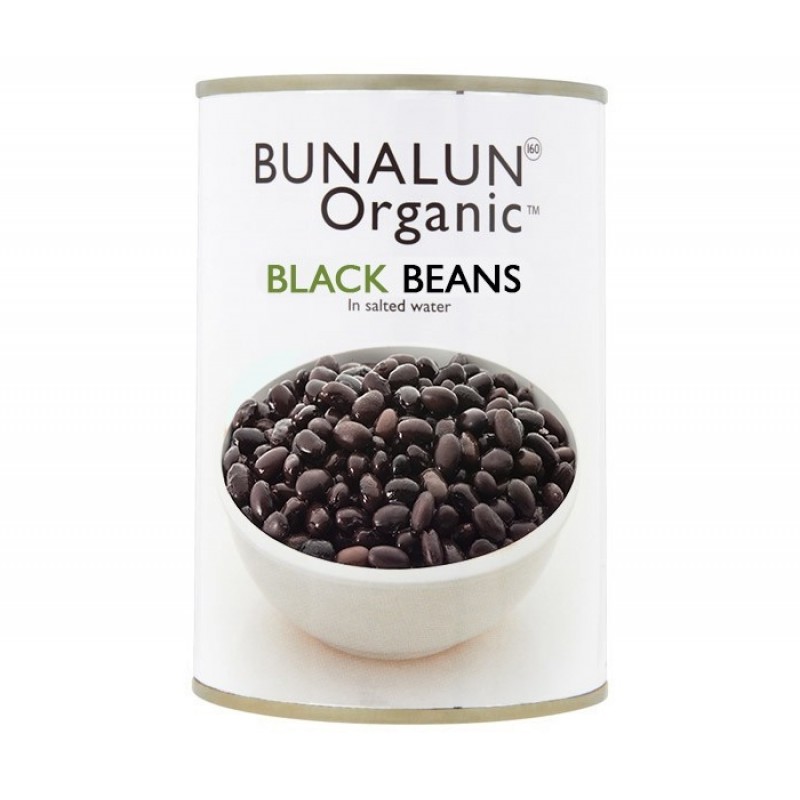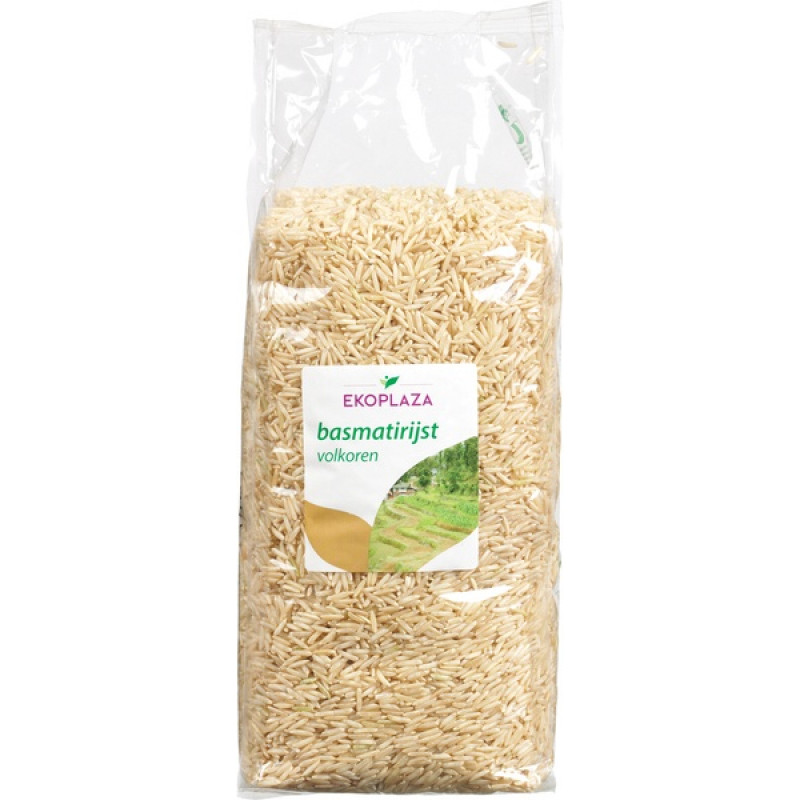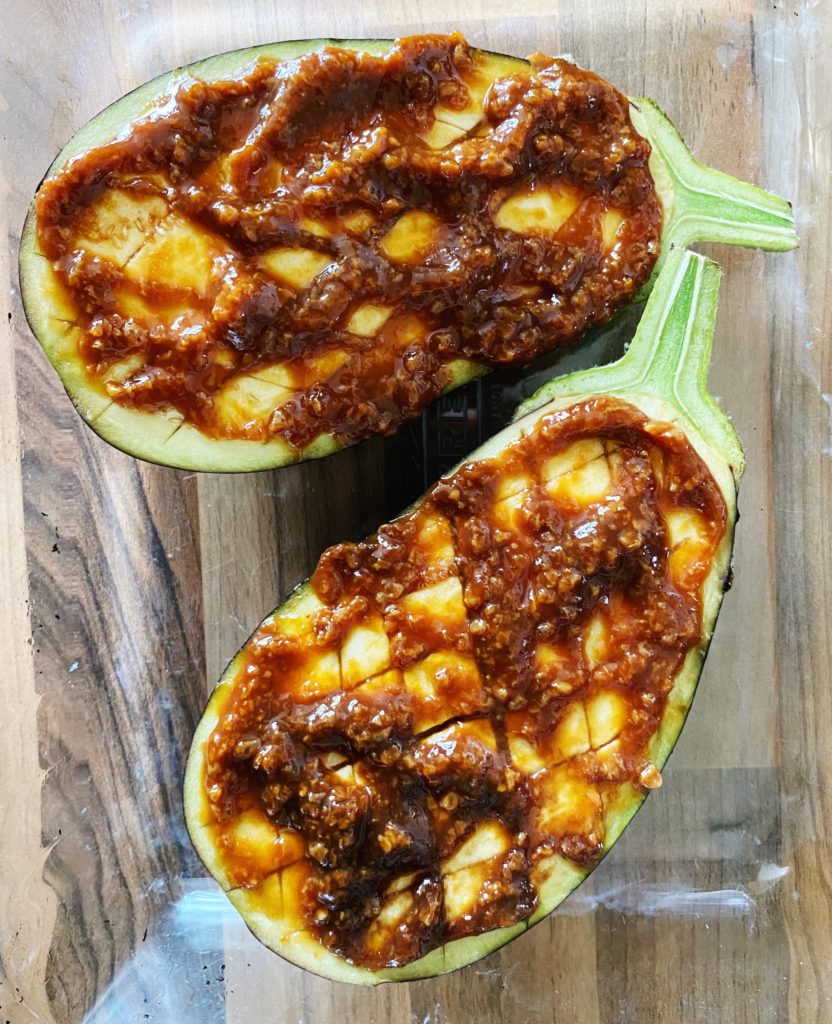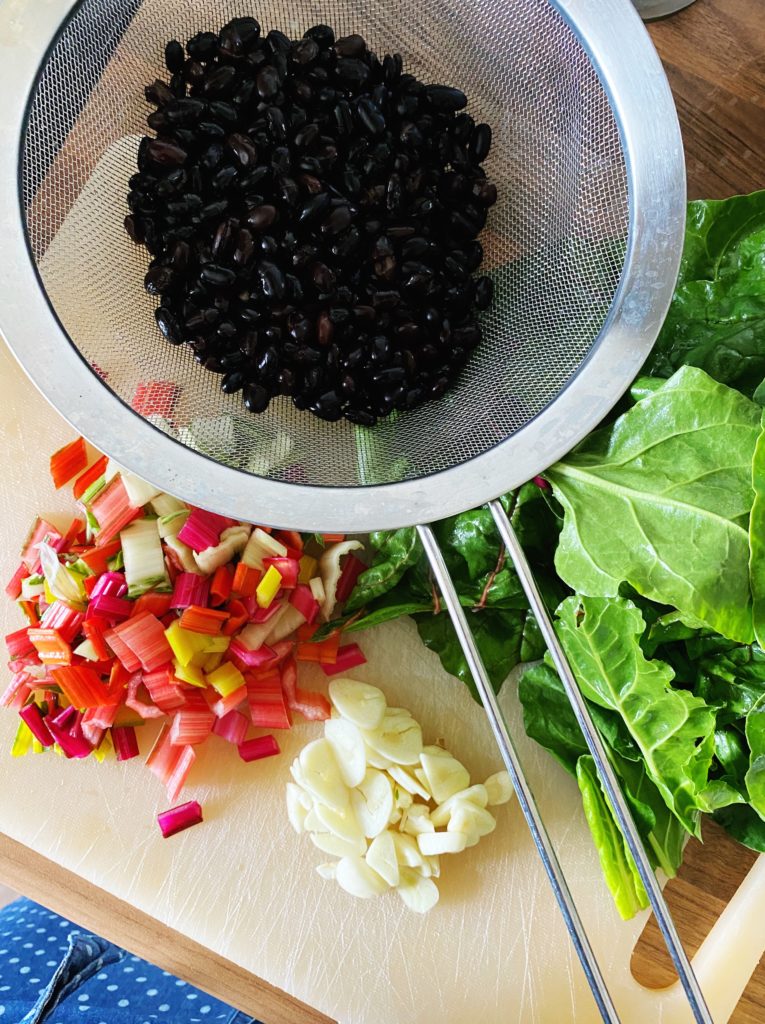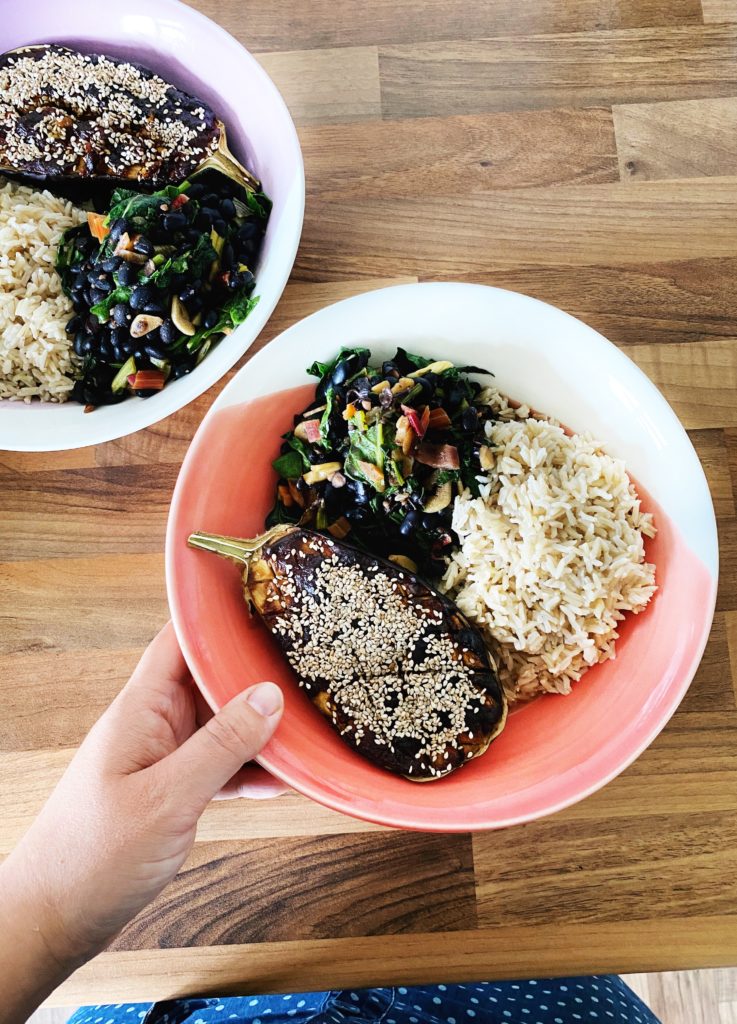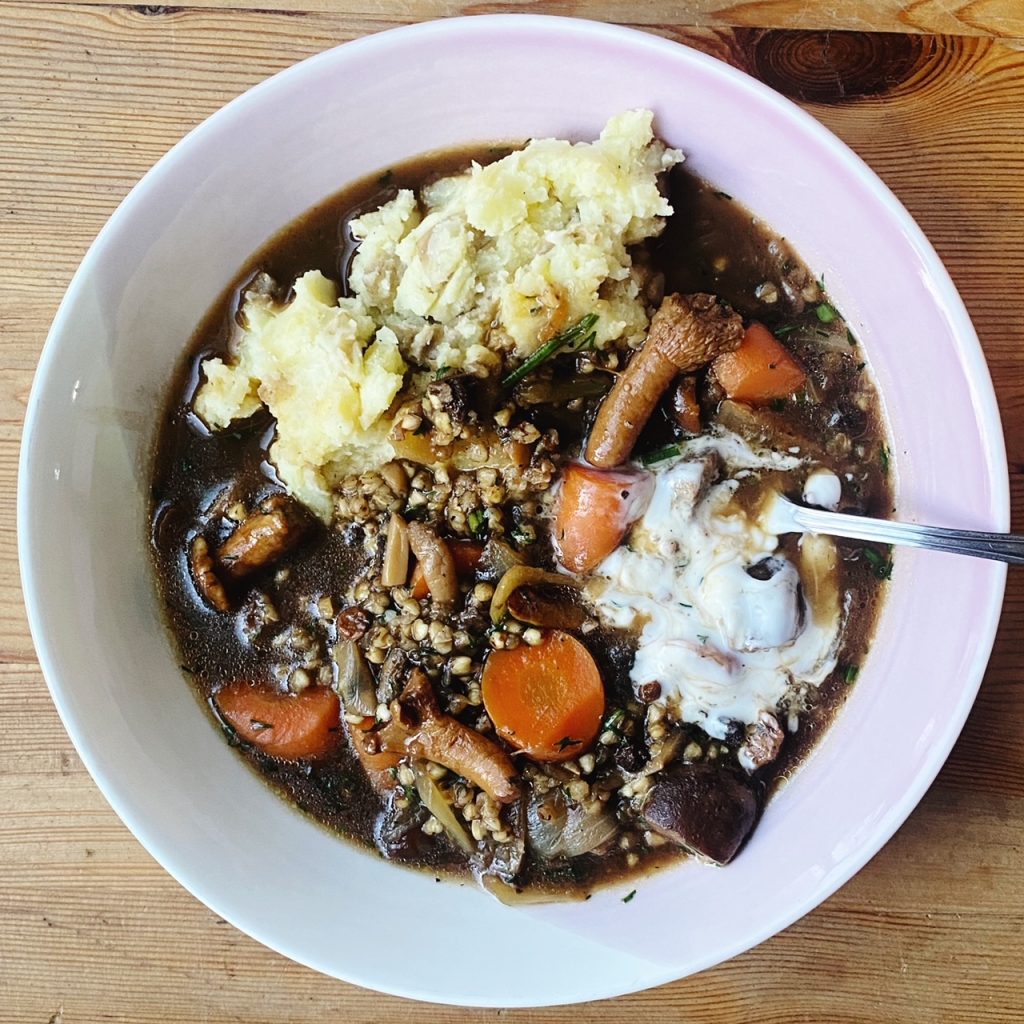
Here’s another Ukrainian recipe inspired by Olia Hercules. If you love mushrooms, you’ll love this broth. It packs a mighty umami punch and is dark and delicious. I serve is as it is for a lighter meal or for a more filling meal, with these stuffed buns or with creamy mashed potatoes. If you add a spoon of soured cream or crème fraiche when you serve, the flavour is really reminiscent of a stroganoff, and of course, these flavours of umami rich mushrooms, onions, pepper, dill and cream are popular in Eastern European and Scandinavian countries, post-Soviet states, Russia and more. We all have so much more in common than what separates us, and food is one of those things where we can clearly see our commonalities.
Buckwheat is a highly nutritious, gluten free whole-grain, a great source of protein, fibre, potassium, magnesium and energy. We sell the whole grain in compostable bags here (and also useful buckwheat flour and flakes). As well as extra nutrients, buckwheat brings a bit of body and texture to the broth but you can switch it with noodles, pasta or rice as you like. Happy cooking!
Liz x
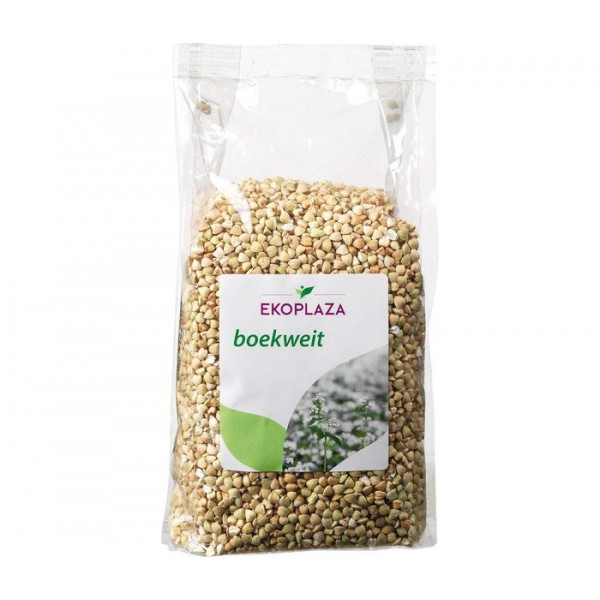
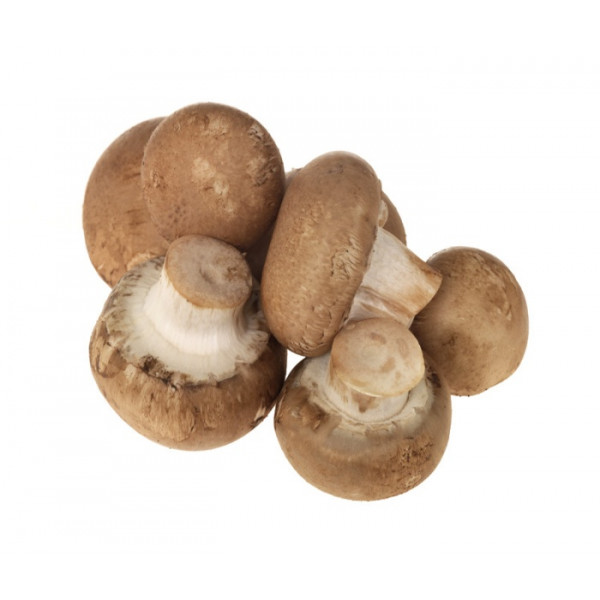

Ingredients (serves 4)
- 200g buckwheat groats
- 3 bay leaves
- 2 tbsp crumbled dried mushrooms
- 1 litre of boiling water
- salt and pepper to taste
- 2 tbsp sunflower oil
- 3 white onions, roughly diced
- 3 carrots, chopped chunkily
- 500g chopped mushrooms (a mix with some wild mushrooms is always more interesting, but chestnut mushrooms work well too)
- a large handful or two of chopped dill
- sour cream, yoghurt or creme fraiche to serve
- mashed potatoes/cooked noodles/pasta/rice to serve or toast or stuffed buns…
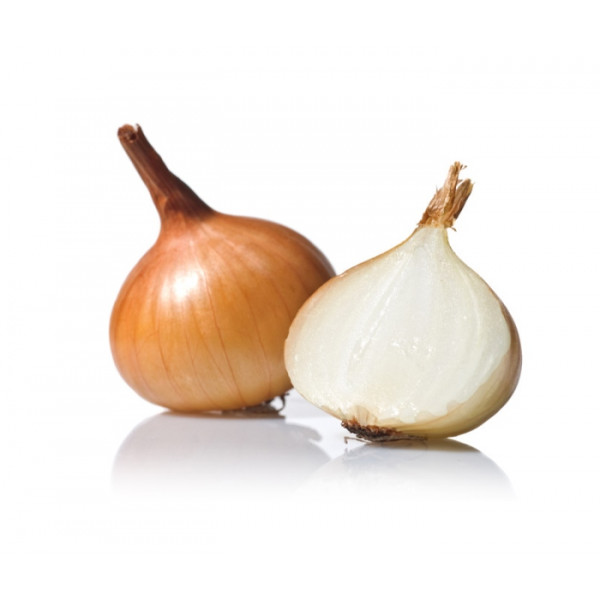


Method
- Start by making a mushroom stock. Put the bay leaves and dried mushrooms in a glass measuring jug and boil the kettle. Pour a litre of just-boiled water in and let the stock brew.
- Next toast the buckwheat groats in your soup pot. Put the pot onto a medium high heat and tumble in the buckwheat. Stir or shake the pot regularly until the buckwheat is perfectly toasted. Then tip all the grains into a bowl to use later.
- Now, in the same pot, add the oil and onion. Sauté with a big pinch of salt until the onions start to colour and soften. Then add the mushrooms and carrots, more seasoning and sauté again for another 5-10 minutes until the vegetables are cooked to your liking.
- Add the mushroom stock and the toasted buckwheat and simmer with the lid on until the buckwheat is cooked through but still has some bite. Taste and adjust the seasoning as needed with more salt and pepper.
- Just before serving, add the dill. Enjoy as is in bowls with a dollop of cremè fraiche or with toast, buns, mashed potatoes, pasta or anything you like.
